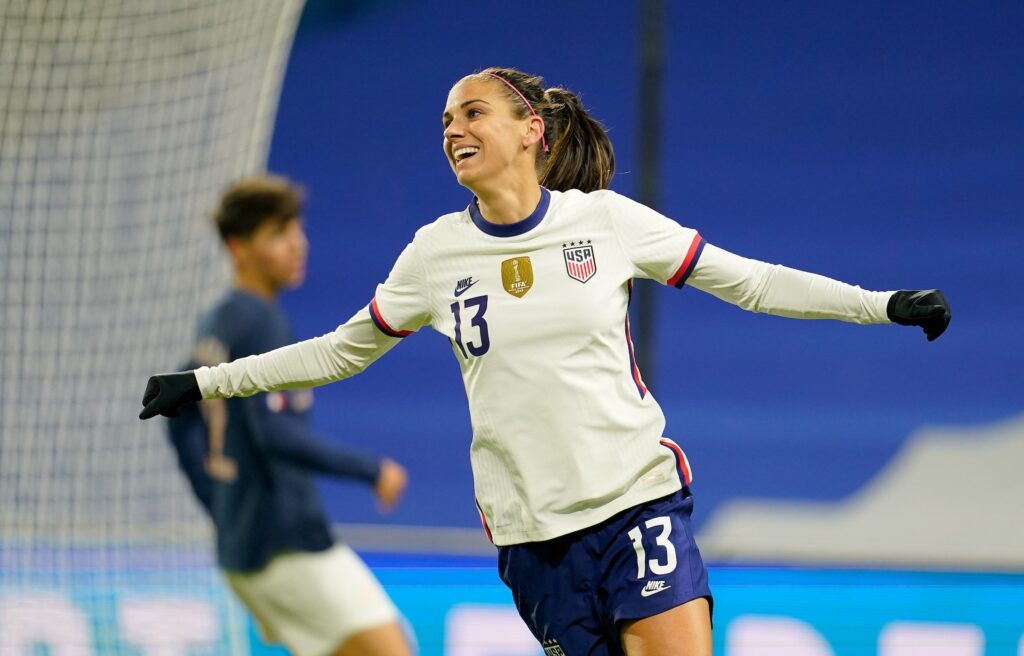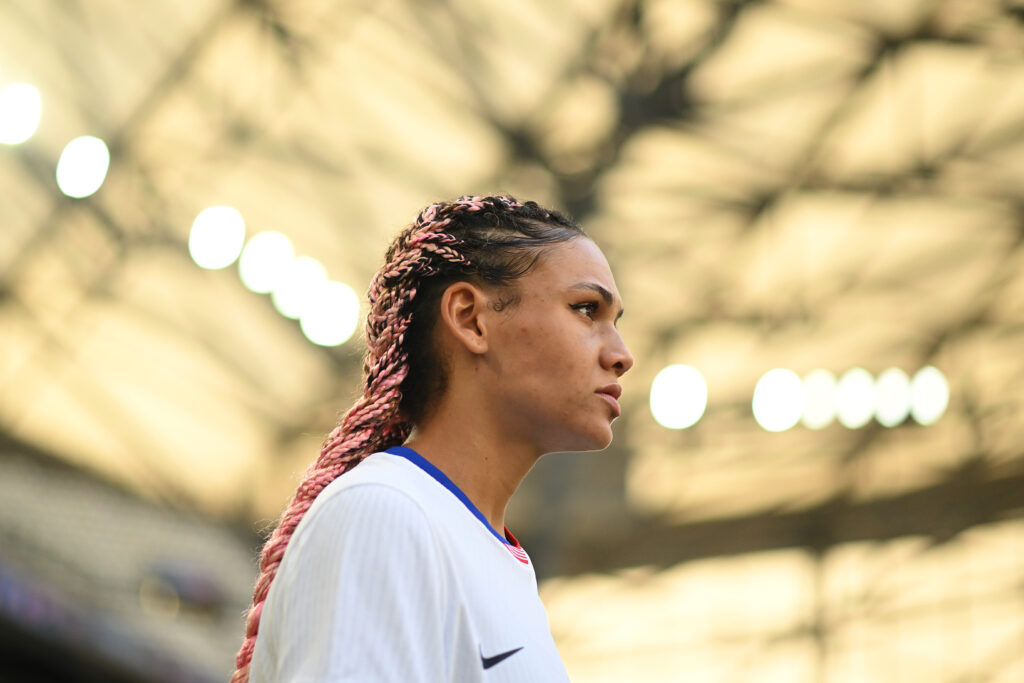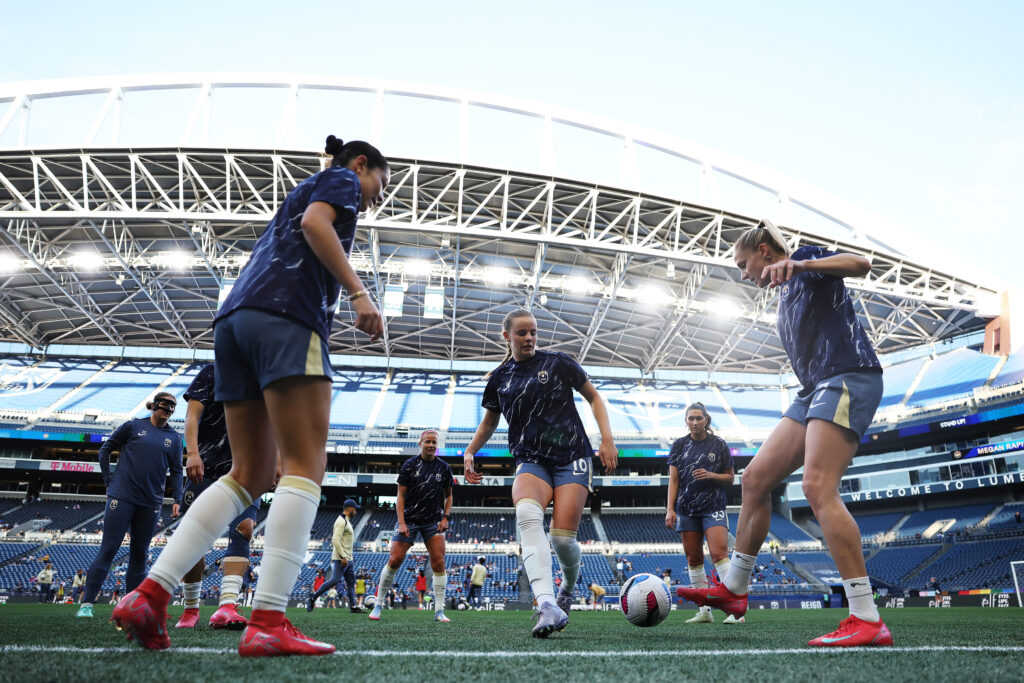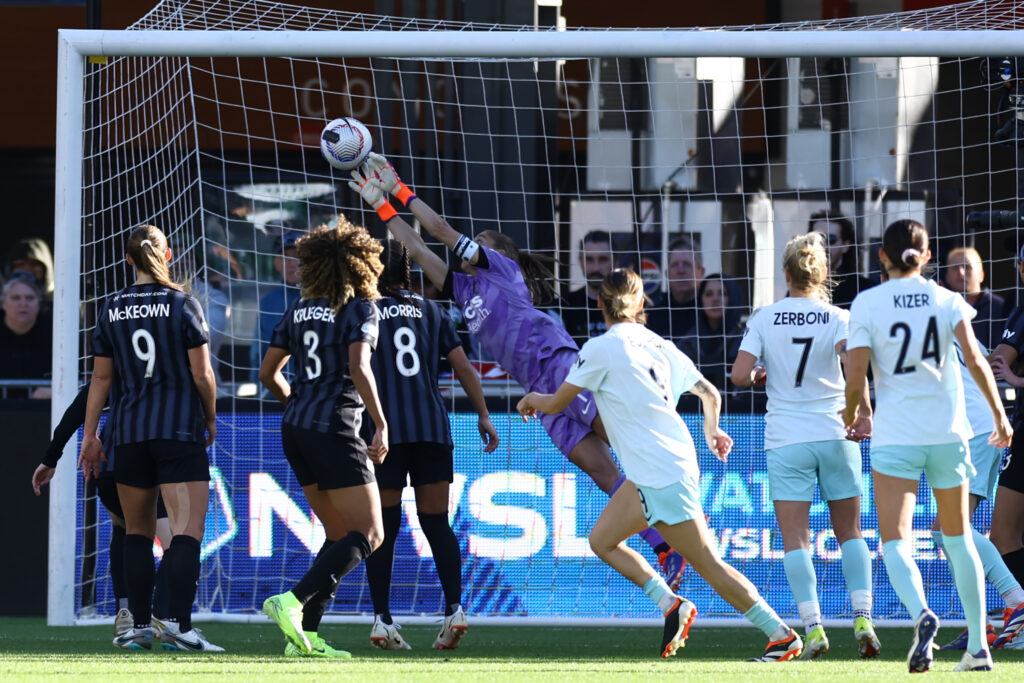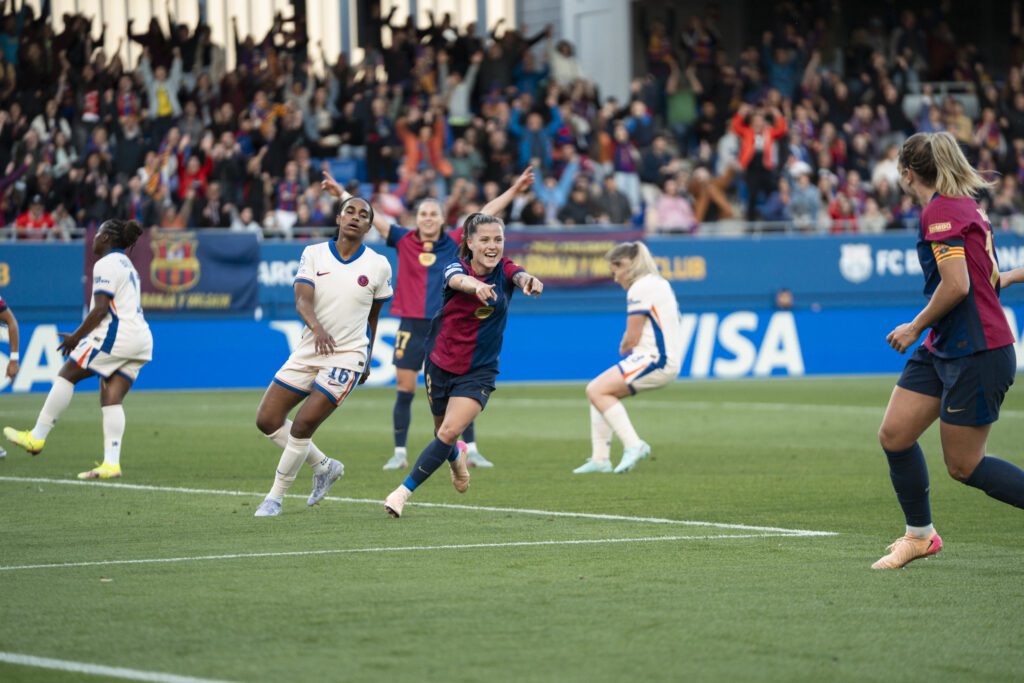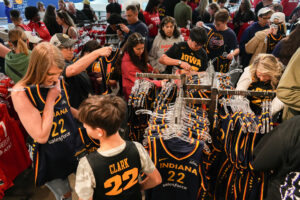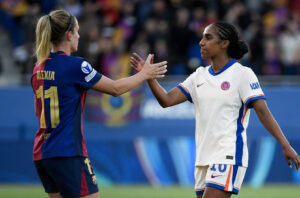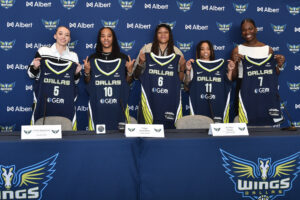The USWNT’s 39-game unbeaten streak remains intact after a pair of friendlies against Sweden and France. Two of the best teams in the world, each of them tested the USWNT as the squad continues to prepare for this summer’s Olympics.
Last Saturday, Sweden provided the learning opportunity manager Vlatko Andonovski was hoping for, as Sweden scored first before the US came back to settle for a 1-1 draw. Sweden outplayed the US for much of the game, exposing weaknesses the team can now focus on strengthening after a relatively breezy start to 2021.
Three days later, the USWNT notched a 2-0 victory over France, showcasing just how adept they are at rapidly course correcting.
Though the coming weeks will shed more light on the Tokyo roster, these past two games provided some clear learnings to chew over.
Here are our five key takeaways:
1. No matter what happens, Carli Lloyd is a legend
Carli Lloyd etched her name into the history books on Sunday, becoming only the third soccer player (women’s or men’s) to ever hit 300 international caps. She joins the ranks of former teammates Kristine Lilly and Christie Pearce Rampone, who retired with 354 and 311 caps respectively.
Alex Morgan praised her teammate and former co-captain, telling reporters that Lloyd is still passing along the culture of the national team to the next generation of players.
“It’s great to have her on this team and have her leading the way still.”
Whether or not she makes the Olympic roster, Lloyd is already a legend for the national team. (But you better believe she’ll do everything she can to make that team.) No matter which way you cut it, 300 caps is simply absurd.
Lloyd, for her part, says her career so far with this team has been an honor, as “nothing is ever given, everything is earned.”
Closing in on her 300th cap, @CarliLloyd - in her own words - on what the milestone means 👑#Carli300 pic.twitter.com/TYHFan3ojQ
— U.S. Soccer WNT (@USWNT) April 10, 2021
2. The backline looks locked
Though there hasn’t been much doubt about which core defenders Vlatko will take to Tokyo, these past two games further solidified that Abby Dahlkemper, Crystal Dunn, Kelley O’Hara, and Becky Sauerbrunn remain locked in as the starters.
Tierna Davidson may have likewise secured a spot after her 90-minute battle against Sweden’s tenacious offense in the center back position, adding to her impressive play as an outside back during the SheBelieves Cup.
With five spots seemingly filled, all eyes will now be on the remaining contenders: Emily Sonnett, Midge Purce, Alana Cook, Ali Krieger, and Casey Krueger, who will all have to prove at the club level that they belong in Tokyo this summer.
3. Megan Rapinoe and Alex Morgan are (almost) fully back
It’s hard to imagine that the team plane could leave for an international tournament without Megan Rapinoe or Alex Morgan on board. But after Rapinoe opted out of play for most of 2020 and Morgan gave birth, incurred a knee injury, and battled COVID-19, fans and coaches alike had to get used to the idea that the two stars may have been slow in returning to fitness.
Well, after this trip, those worries can be largely laid to rest.
Leaving Europe with two penalty kick goals, Rapinoe now leads the USWNT for goals scored in 2021. As for Morgan, Andonovski said she has her “killer instinct back” after drawing a penalty and scoring against France.
💅 She’s not gonna miss from there. pic.twitter.com/fJTkL2XXht
— Just Women’s Sports (@justwsports) April 10, 2021
“I’m very happy with the way she’s progressing and where she is at this point in the preparation,” Andonovski said of his star striker.
— Just Women’s Sports (@justwsports) April 13, 2021
4. Vlatko is still searching for ways to maximize his midfield
Andonovksi played a bit of musical chairs in the midfield in the match against France, subbing in Lindsey Horan for Rapinoe in the 63’, which moved Christen Press to the 11 spot and Rose Lavelle up high on the right.
The move gave us a glimpse into how Andonovksi plans to maximize his roster by having Horan, Lavelle, Sam Mewis, and Julie Ertz all on the field at once.
“All four of them are incredible players, and as a coach, you want to have the best players on the field at the same time,” he told the press after the game, dispelling previous notions that those four were playing for just three spots.
5. Questions remain for Catarina Macario and Kristie Mewis
Andovski was hoping to have Catarina Macario at this camp, however, she was forced to stay home due to protocols surrounding Lyon’s recent COVID outbreak. The French club is scheduled to return to play on April 18, giving Andonovski a handful of opportunities to assess her performance before the next camp.
Kristie Mewis saw the field for about ten-minutes against Sweden and was listed as an available sub for the France match. It’s reasonable to wonder why she wasn’t given an opportunity to play more during the trip given her impactful showing in multiple games since re-joining the national team. It’s possible that Vlatko has seen what he needs to see from her for the time being and will continue to analyze Mewis as she returns to her home market.
Up next:
The USWNT is scheduled to return to the pitch in June to host the Tournament of Nations. As for us, we’ll continue playing roster roulette while juggling multiple screens as we watch the upcoming NWSL, FAWSL, and Champions League matches.
